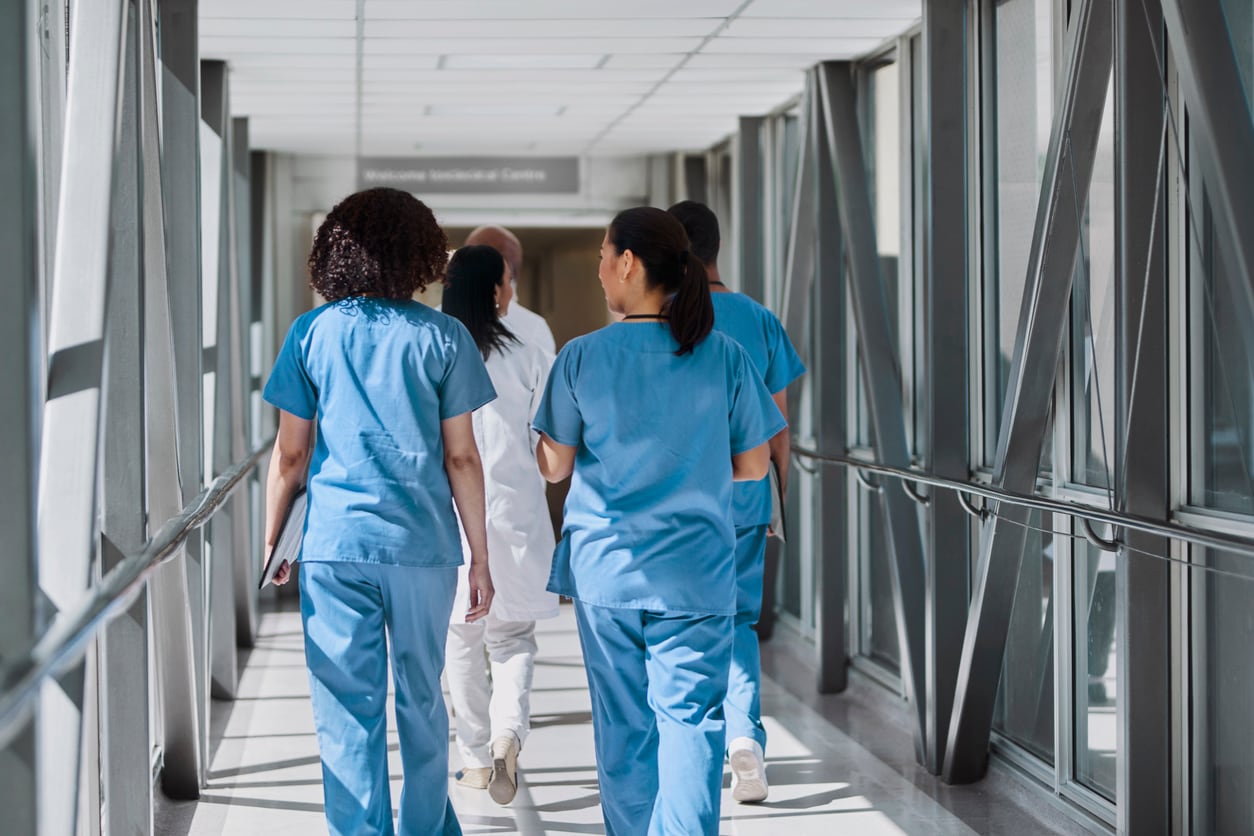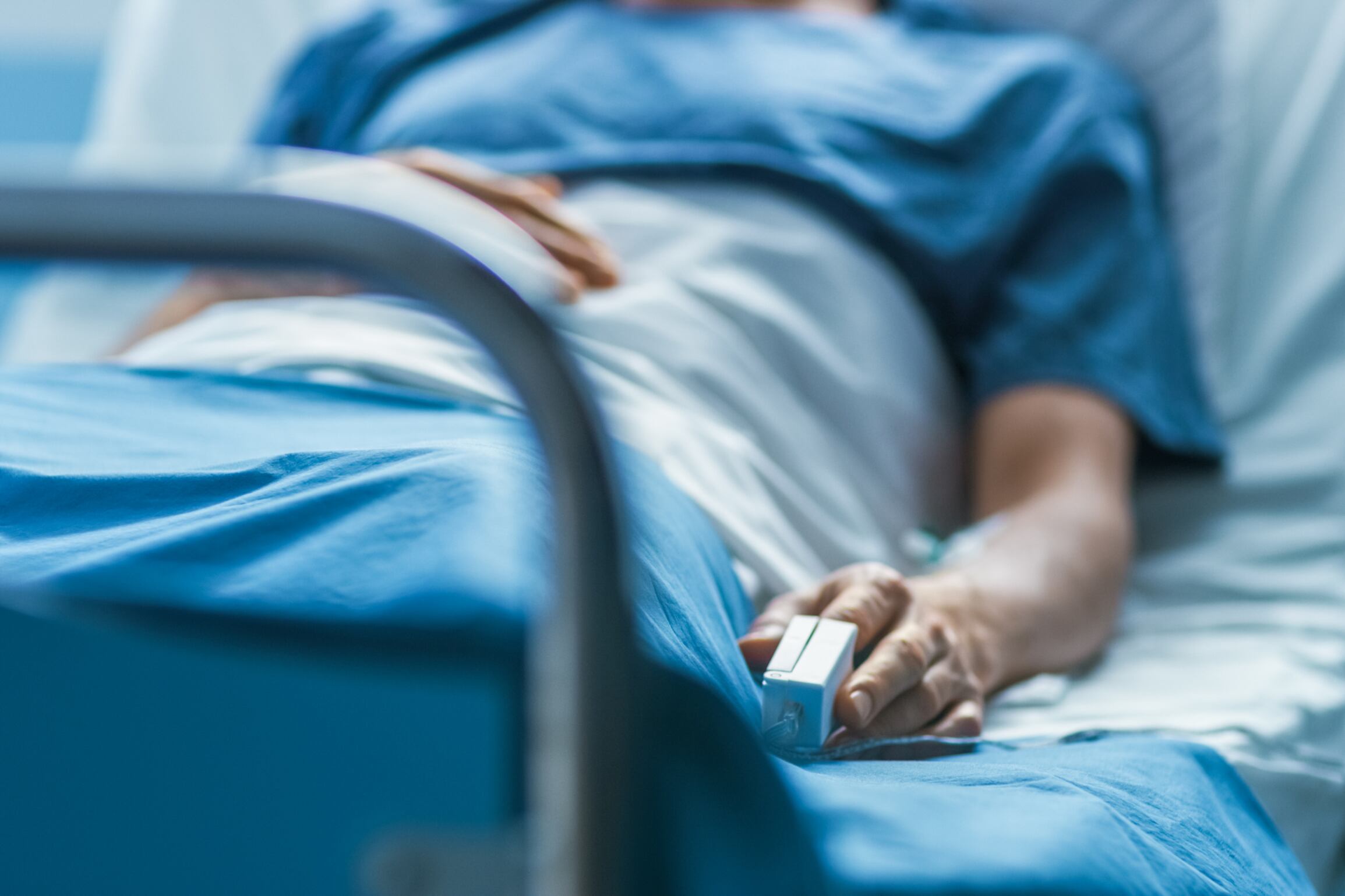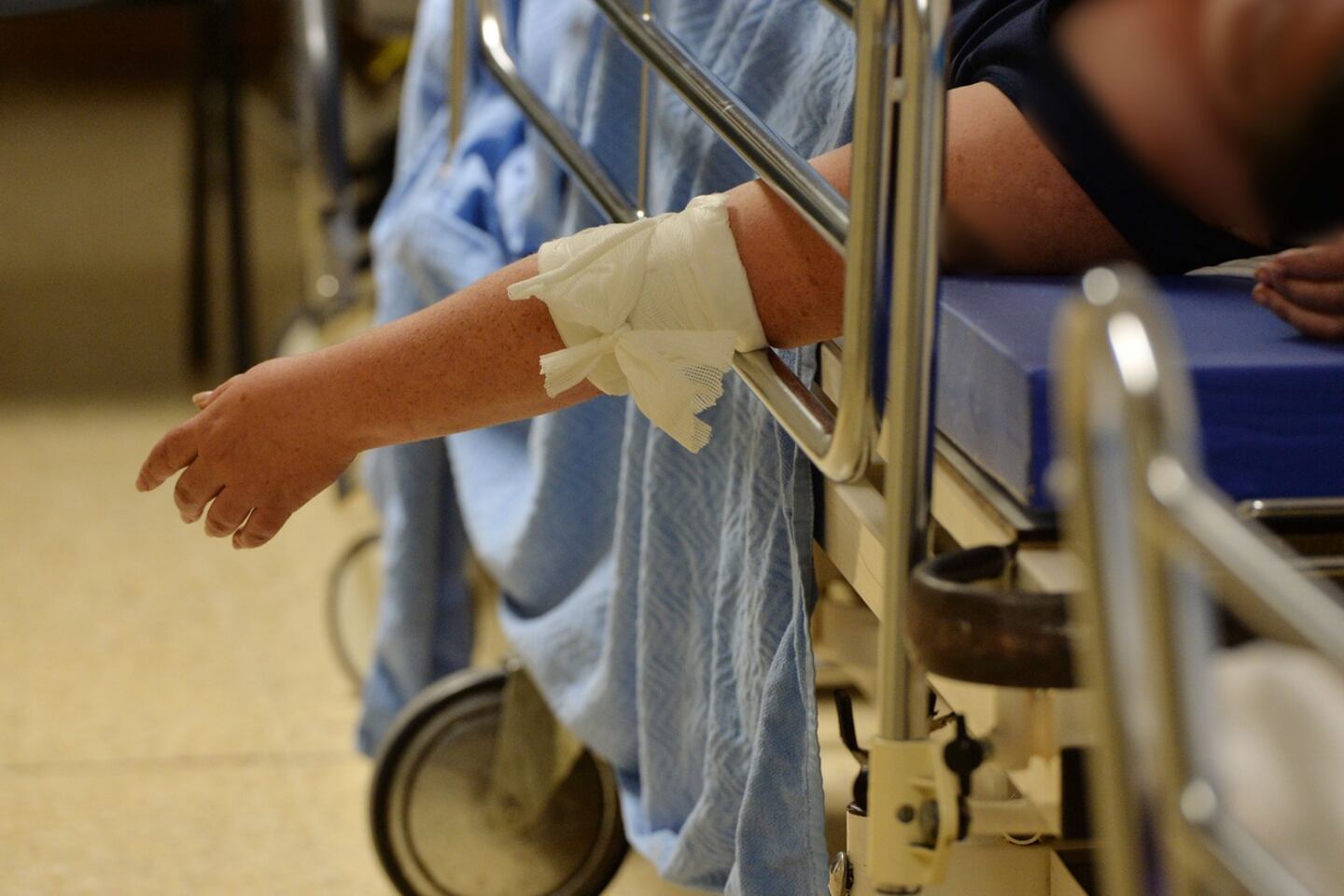There has been no upsurge in the number of people reporting Covid-19 infections following the Christmas period, according to the latest official figures.
Numbers have remained steady and have not gone over a thousand cases a day since the summer. The Health Protection Surveillance Centre (HPSC) said 6,742 Covid-19 infections were reported in the 14 days to January 9th, a daily average of 482.
Prof Jack Lambert, infectious diseases consultant at the Mater Hospital, said the reported figure was certainly less than the actual number of people catching Covid-19, reflecting the reduced levels of testing and tracing taking place now. However, he said the critical issue was that Covid-19 has not been impacting on the health services in the way it used to, with flu now a bigger issue.
“It goes along with what we understand about Omicron. It is not like Delta. People are not getting really sick. People aren’t getting tested and they are using antigen tests that are not sensitive enough. We are missing a lot of cases,” he explained.
READ MORE
“I think people will continue to get Omicron as we go forward because it is so much more infectious. All these viruses are circulating, but Covid is not hugely impacting on hospital services at present.”
Prof Lambert predicted that the biggest impact Covid-19 will have on hospital services in the future will be as a result of long Covid.
The HPSC reported 40 deaths of people who had Covid-19 in the 14 days to January 9th, but Prof Lambert said the majority of these had died with rather than from Covid-19. There were 418 people in hospital with Covid-19 and 33 in intensive care units on Friday morning.
A combination of flu, Covid-19 and respiratory syncytial virus (RSV) has put the hospital system under significant pressure in recent weeks but the numbers waiting for beds have stabilised this week.
According to the Irish Nurses and Midwives Organisation’s trolley watch count there were 438 patients waiting for beds on Friday morning, 352 waiting in emergency departments and 86 in wards elsewhere, down from 535 on the same day last week. The hospitals worst affected were Cork University Hospital (46), Tallaght University Hospital (45) and University Hospital Limerick (35).
Speaking at a media briefing on Thursday, HSE chief clinical officer Dr Colm Henry said there is now “thankfully a much lower conversion rate to death” as a result of Covid-19. He said there was a “levelling off” in cases over the Christmas and New Year period and that the number of outbreaks being recorded in hospitals and residential care institutions was “going in the right direction” too.
This was in contrast with an “exceptional” influenza season which started early and has yet to peak, he added.
Eileen Whelan, national lead for the HSE vaccination programme, told the same briefing that take-up of the second booster jab was very good among the over-65s (with a 78 per cent availing of it), but this dropped to 42 per cent in the 50 to 64 age category.
She said 20,000 people a week are reporting for vaccination, but the figure needs to be closer to 60,000 to deliver the desired results. “Public behaviour will determine how much people come forward,” she said.
Some 71,000 people have been vaccinated since December 29th, she said, which was a “good performance” given the time of year. “We need to ensure that all the encouragement is out there. There is still a lot of positive cases in the 35 to 44 age group. I would strongly encourage that group to get their boosters.”










